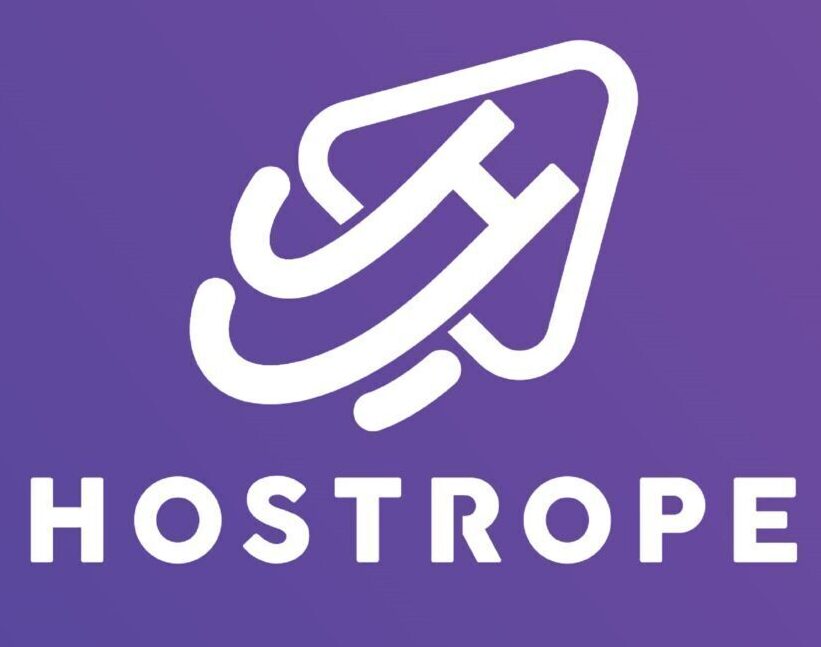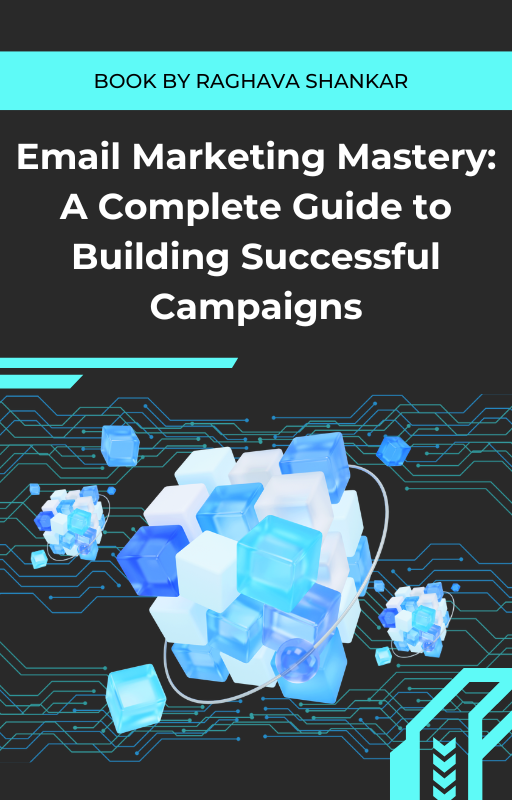Advanced segmentation in GetResponse allows marketers to tailor their email campaigns to specific audience segments, enhancing engagement and conversion rates. Here are some effective strategies you can implement:
1. Behavioral Segmentation
Email Engagement
- Implementation:
- Use the “Segments” feature in GetResponse to create lists based on subscriber actions.
- Segment users who have opened or clicked on your emails in the last 30 days, allowing you to target them with special offers or new product launches.
- Example:
- For subscribers who opened three or more emails but did not make a purchase, consider sending a special discount code to incentivize their first buy.
Website Behavior
- Implementation:
- Use the GetResponse tracking code on your website to collect data on user behavior.
- Create segments based on actions like page visits or product views.
- Example:
- If a subscriber viewed a specific product but didn’t purchase, send a follow-up email with that product and customer testimonials to encourage them to complete the purchase.
2. Demographic Segmentation
Age and Gender
- Implementation:
- Collect demographic information during the signup process using custom fields.
- Create segments for different age groups or genders.
- Example:
- Send targeted emails promoting a beauty product line to women aged 18-35 and a grooming kit to men aged 25-40.
Location
- Implementation:
- Use geographic data from sign-up forms to segment your list.
- Create segments based on regions or cities.
- Example:
- For a clothing retailer, send location-specific offers, such as seasonal discounts or store openings in that area.
3. Purchase History
Frequent Buyers vs. New Customers
- Implementation:
- Use purchase history data to create segments for loyal customers and new buyers.
- Example:
- For frequent buyers, send exclusive loyalty discounts or early access to sales, while new customers could receive a welcome discount on their next purchase.
Product Preferences
- Implementation:
- Segment based on products purchased using GetResponse’s tagging feature.
- Example:
- If a customer has purchased running shoes, follow up with emails recommending running gear or accessories.
4. Custom Fields
Interest-Based Segmentation
- Implementation:
- During the signup process, ask subscribers about their interests using custom fields.
- Create segments based on these interests.
- Example:
- A travel company could segment subscribers interested in beach vacations versus mountain adventures and send tailored travel packages accordingly.
Survey Responses
- Implementation:
- Use surveys to gather additional data on subscriber preferences and create segments based on responses.
- Example:
- If a survey indicates that a segment prefers eco-friendly products, tailor your marketing efforts towards sustainable offerings for that group.
5. Lifecycle Stage
Lead Nurturing
- Implementation:
- Use automation workflows to track where subscribers are in the sales funnel.
- Create targeted segments based on engagement and conversion metrics.
- Example:
- Send educational content (eBooks, blog posts) to subscribers in the awareness stage, product comparisons to those in consideration, and personalized offers to those in the decision stage.
Re-engagement Campaigns
- Implementation:
- Identify subscribers who haven’t engaged in a while and create a segment for them.
- Example:
- Send a win-back email series with special offers or asking for feedback to re-engage those who have been inactive for over three months.
6. Dynamic Content
Implementation:
- Use dynamic content blocks in your emails to display different messages or offers to various segments within the same campaign.
- Example:
- An email could show one product recommendation for segment A (based on their past purchases) and a different recommendation for segment B.
7. A/B Testing
Implementation:
- Set up A/B tests for different subject lines, email designs, and content to determine what resonates best with each segment.
- Example:
- Test two different subject lines for a promotional email sent to two different segments: one focused on urgency (“Last Chance for 20% Off!”) and the other on value (“Save 20% on Your Favorite Items”).
8. Automated Workflows
Implementation:
- Create automated workflows in GetResponse based on user behaviors and segment triggers.
- Example:
- Set up a welcome series for new subscribers that gradually introduces them to your brand, products, and special offers, while also collecting feedback on their interests.
9. Integration with Other Tools
Implementation:
- Integrate GetResponse with CRM tools like Salesforce or eCommerce platforms like Shopify to pull in additional subscriber data.
- Example:
- Use data from your CRM to further refine your segments based on customer lifetime value, enabling you to tailor high-value campaigns for your most engaged customers.
Conclusion
Advanced segmentation strategies in GetResponse enable you to deliver more relevant and personalized email campaigns. By employing these techniques, you can significantly enhance customer engagement, increase conversion rates, and foster long-term loyalty. Regularly analyze segment performance and adjust your strategies to maximize results.










Excellent website. Lots of useful information here. I¦m sending it to some friends ans also sharing in delicious. And of course, thank you for your effort!